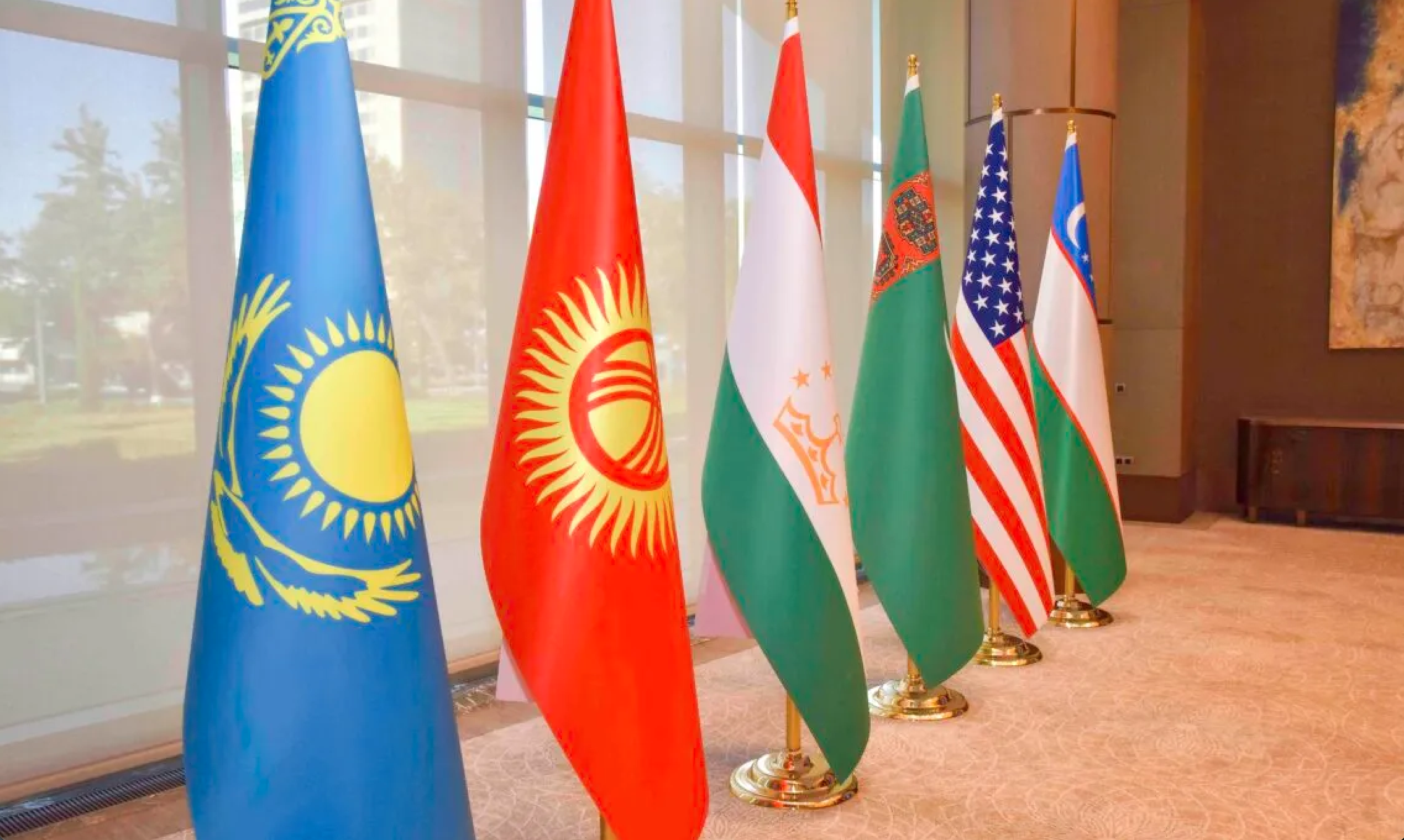When considering the overseas allies and partners of the United States, one could be forgiven for not thinking of the countries of Central Asia. The average American is likely to know very little about this region.

Photo credit: Turkmenportals.
And yet, Central Asia, and particularly Kazakhstan, has spent the last few years developing cooperative partnerships with the United States on a variety of levels.

Michael Rossi.
Not only the average American, but the average Kazakh and Uzbek, may be equally surprised to know that a formal arrangement of the five Central Asian countries and the United States has existed since 2015. The so-called “C5+1” format is a diplomatic summit consisting of the foreign ministers of Kazakhstan, the Kyrgyz Republic, Tajikistan, Turkmenistan, and Uzbekistan along with the U.S. Secretary of State to discuss common issues and enhance Washington’s traditionally limited engagement with the region.
In many ways, C5+1 allows the U.S. to treat Central Asia as a united region in collective foreign policy on economic cooperation, security agreements, educational opportunities, and deepening diplomatic ties. The original intention was to build America’s presence in a region it had previously neglected since the collapse of the Soviet Union, and to counter what many in Washington not only believe is Russia’s persistent presence and influence in the region, but also its desire in maintaining Soviet-era dependency on Moscow.
Over the years, annual summits have been held in the United States, Uzbekistan, Kazakhstan, and Tajikistan, where Joint Declarations of Partnership and Cooperation have been reached on trade, transport, and energy, as well as special joint arrangements on counterterrorism and business development.
The most recent C5+1 summit took place this September in New York at the United Nations Headquarters, which was attended by President Joseph R. Biden; the first time any U.S. President has met with Central Asia’s leaders in this format. The geopolitical situation in the world was clearly the indirect topic of the meeting and most likely contributed to Biden’s attendance. The event also focused on economic development in light of the ongoing war in Ukraine. The sides also discussed heavy industrial projects, such as energy and raw material extraction, of which Kazakhstan, Turkmenistan, and Uzbekistan all possess large resource deposits.
Central Asia remains closely tied with Russia’s economic infrastructure, and despite calls by the United States for global sanctions, the region has maintained a neutral stance in the conflict between Washington and Moscow. Of all the Central Asian countries, Kazakhstan has displayed the most willingness to enhance its relations with the West, in line with its “multi-vector diplomacy,” which aims to diversify Astana’s economic portfolio with other markets. In this regard, the C5+1 is America’s venture into a region already engaged by more locally influential powers.
Following the summit the official White House statement praised the positive relationships cultivated between the U.S. and the five countries of the region, focusing primarily on economic development.
Washington’s realization that Central Asia is becoming a keystone in a larger Eurasian network of states, transit routes, urban hubs, and transnational partnerships reflects three new global realities.
Firstly, Washington must move further beyond its traditional Trans-Atlantic and Trans-Pacific partnerships with Europe and East Asia respectively. The last two years have shown that the United States no longer possesses sole authority and influence in determining the economic fate of the Developing World either through improvement in global capitalism or through isolation via sanctions. Central Asia has long been overlooked not only by the United States, but also by key European countries, which has indirectly lent considerable leverage not only to Russia but also to China, India, Iran, and Türkiye, all of which have broadened and deepened partnerships in economic, industrial, and tourism sectors.
By deepening American economic engagement with the region, Washington benefits from the “multi-vector diplomacy” promoted by Kazakh President Kassym-Jomart Tokayev, who has actively promoted Kazakhstan as an international center for business, commerce, and technological innovation.
Secondly, as the world becomes more multipolar, the “rise of the Rest” reveals that middle powers will be making more decisions and strategies independent of the West. Furthermore, countries making up the Middle Corridor and Global South”have multiple avenues for geopolitical partnership to choose from. As Kazakhstan and other Central Asian countries continue to open up to international business the United States can ill afford to continue overlooking the Central Asian region.
Thirdly, the United States has the potential to secure the trust and cooperation of Central Asia’s younger generations who are interested in developing closer ties with the United States. America may be a latecomer to the region, in comparison to China and Russia, but its soft power in consumerism and pop-culture remains quite popular among a rising generation more likely to seek employment in the West than in Moscow or Beijing.
The C5+1 already has eight years of sustained cooperation, and given the changing poles of geostrategic importance, this cooperation, especially with Kazakhstan, will only continue to grow. Through Kazakhstan’s multivector diplomacy, promoted by President Tokayev, the importance of the C5+1 platform will likely expand further.


